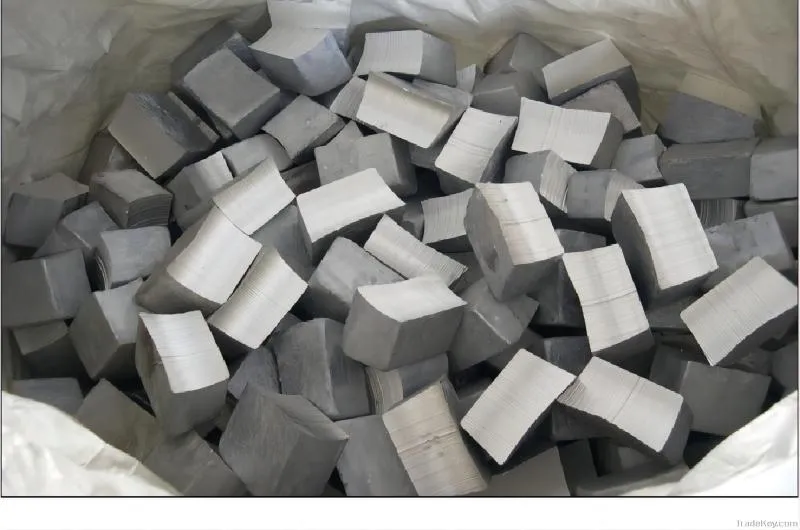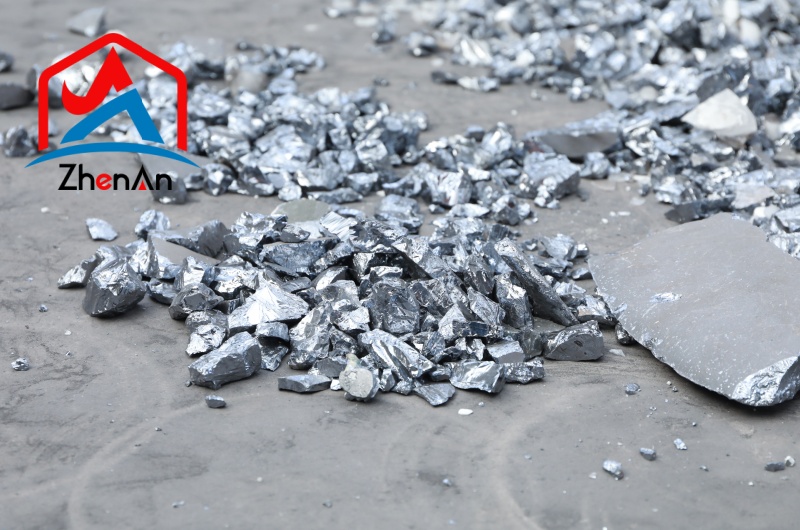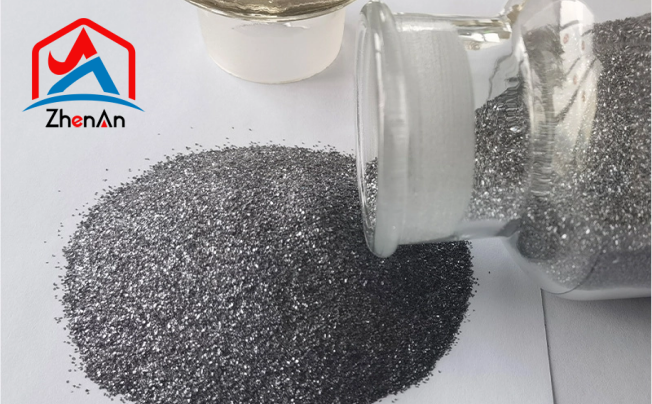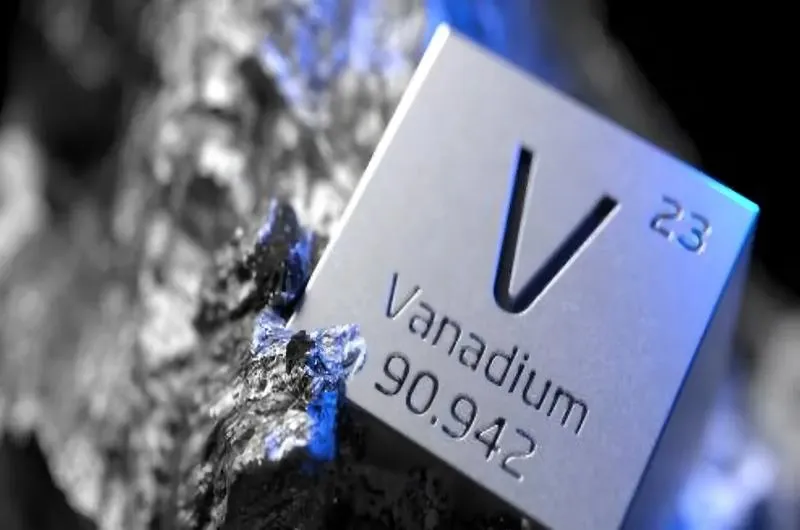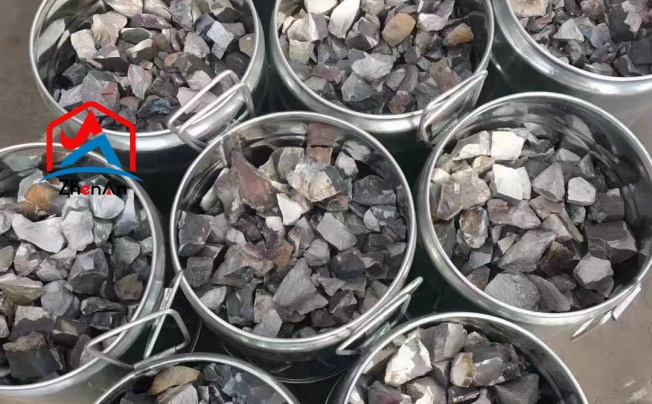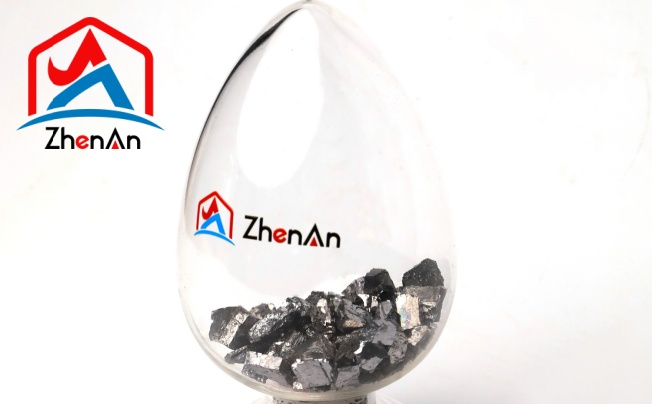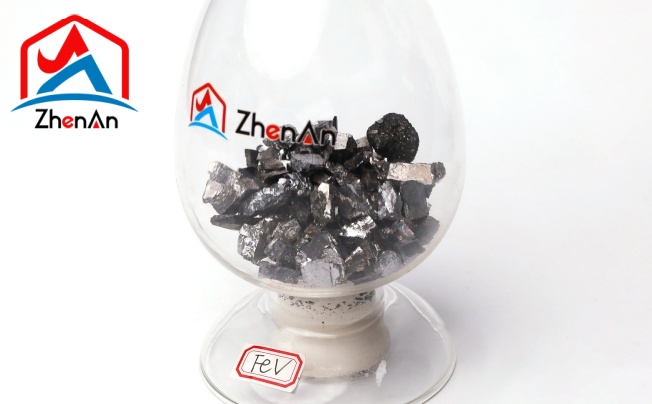BY  GENN
GENN
2024/04
Blog
What are the Disadvantages of Magnesium Metal?
Importance and Applications of Magnesium in Various Industries
Magnesium plays a crucial role in numerous industries due to its unique properties. One of the primary uses of magnesium is in the automotive sector, where it is utilized to manufacture lightweight components that enhance fuel efficiency and reduce emissions.
In aerospace applications, magnesium’s high strength-to-weight ratio makes it ideal for producing aircraft components such as landing gear and structural parts. The electronics industry also benefits from magnesium’s excellent thermal conductivity and electromagnetic shielding properties, leading to its use in laptops, smartphones, and other electronic devices.
Moreover, the healthcare sector relies on magnesium for medical implants like orthopedic screws and plates due to its biocompatibility and corrosion resistance within the human body. In construction, magnesium alloys are employed for their fire-resistant properties in structural elements like beams and columns.
The sporting goods industry utilizes magnesium in equipment such as golf clubs and tennis rackets to provide durability without adding unnecessary weight. Overall, the versatility of magnesium metal contributes significantly to advancements across various sectors worldwide.
Corrosion Susceptibility
Magnesium, while revered for its lightweight and strength properties, harbors a significant Achilles’ heel in the form of corrosion susceptibility. When exposed to oxygen and moisture, magnesium undergoes rapid oxidation, leading to the formation of corrosion products that compromise its structural integrity. This inherent vulnerability necessitates the implementation of protective coatings or the incorporation of alloying elements to shield magnesium components from environmental degradation.
The chemical reaction between magnesium and atmospheric elements is a double-edged sword. While it bestows versatility on the metal through various forms of oxidation (e.g., patina formation), it also renders magnesium prone to accelerated deterioration in corrosive environments. The relentless assault by oxygen and moisture instigates a gradual breakdown of the metal’s surface, culminating in structural weaknesses that compromise its longevity.
To combat this pervasive threat, engineers resort to protective strategies such as coating applications or alloy enhancements. By enveloping magnesium surfaces with barrier layers that impede direct contact with corrosive agents, or by blending magnesium with corrosion-resistant metals like aluminum or zinc, these measures aim to fortify the metal’s defences against the insidious forces of oxidation. Despite these interventions, vigilance remains paramount to mitigating the ever-looming specter of corrosion that haunts magnesium’s reputation.
Flammability
When ignited, magnesium burns fiercely with dazzling intensity, presenting a formidable challenge in terms of handling and storage practices aimed at averting potential fire hazards.
In contact with oxygen at elevated temperatures, magnesium undergoes exothermic reactions that escalate rapidly into intense fires. This innate combustibility has significant implications for industries reliant on magnesium components or materials; stringent precautions must be observed during manufacturing, transportation, and storage operations to prevent catastrophic infernos triggered by any inadvertent ignition sources.
Guarding Against Health Risks
When it comes to working with magnesium metal, there are inherent health and safety concerns that must be taken seriously. One of the primary risks is skin irritation and sensitization. Direct contact with magnesium can lead to irritation or allergic reactions in some individuals, especially those with sensitive skin.
This makes it crucial for workers handling magnesium to wear proper personal protective equipment, such as gloves and coveralls, to minimize the risk of skin exposure. Furthermore, respiratory hazards pose a significant danger when dealing with magnesium.
Inhaling magnesium dust or fumes can result in respiratory issues ranging from mild discomfort to more severe complications. It is essential for workplaces where magnesium is present to have adequate ventilation systems in place to reduce the concentration of airborne particles and ensure a safe working environment for employees.
The Significance of Safety Protocols
Prevention is key when it comes to mitigating health risks associated with magnesium exposure. Establishing stringent safety protocols and providing comprehensive training on handling procedures are vital components of ensuring worker well-being. Employers should prioritize regular monitoring of air quality levels in areas where magnesium processes occur and implement measures to minimize exposure levels below recommended thresholds.
By understanding the potential health hazards linked to magnesium metal and taking proactive steps to address them, companies can create a safer workplace environment for their employees. Investing in appropriate protective gear, maintaining effective ventilation systems, and promoting adherence to established safety guidelines are essential practices that contribute to safeguarding workers’ health in industries where magnesium usage is prevalent.
Environmental Impact
Waste Disposal Challenges
Magnesium metal, while being a versatile and valuable material, presents significant challenges in terms of waste disposal. The disposal of magnesium scrap or waste products can be particularly problematic due to its reactivity with water and air.
When exposed to moisture, magnesium can release flammable hydrogen gas, posing a risk not only to the environment but also to human safety. Proper handling and disposal methods are essential to effectively mitigating these risks.
Moreover, the potential environmental pollution risks associated with improper management of magnesium waste cannot be overlooked. If not managed properly, discarded magnesium materials can contaminate soil and water sources.
This contamination can have far-reaching consequences on ecosystems and human health. It is imperative for industries using magnesium to implement stringent waste management practices to prevent environmental degradation.
Energy-Intensive Production Process
The production of magnesium metal is known for its high energy consumption during extraction and processing. Magnesium is primarily produced through electrolysis, a process that demands considerable amounts of electricity. This energy-intensive production process contributes significantly to the overall carbon footprint associated with magnesium production.
As the world strives towards sustainable practices and reduced greenhouse gas emissions, the energy requirements of producing magnesium become a critical factor in assessing its environmental impact. Furthermore, the high energy consumption in magnesium production raises sustainability considerations in an era where resource efficiency is paramount.
The extraction of magnesium from its ores involves complex chemical reactions that necessitate precise temperature control and substantial energy input. Addressing the energy intensity of producing magnesium is crucial for achieving environmentally responsible practices within the industry while also striving for economic viability in a rapidly evolving global market.




